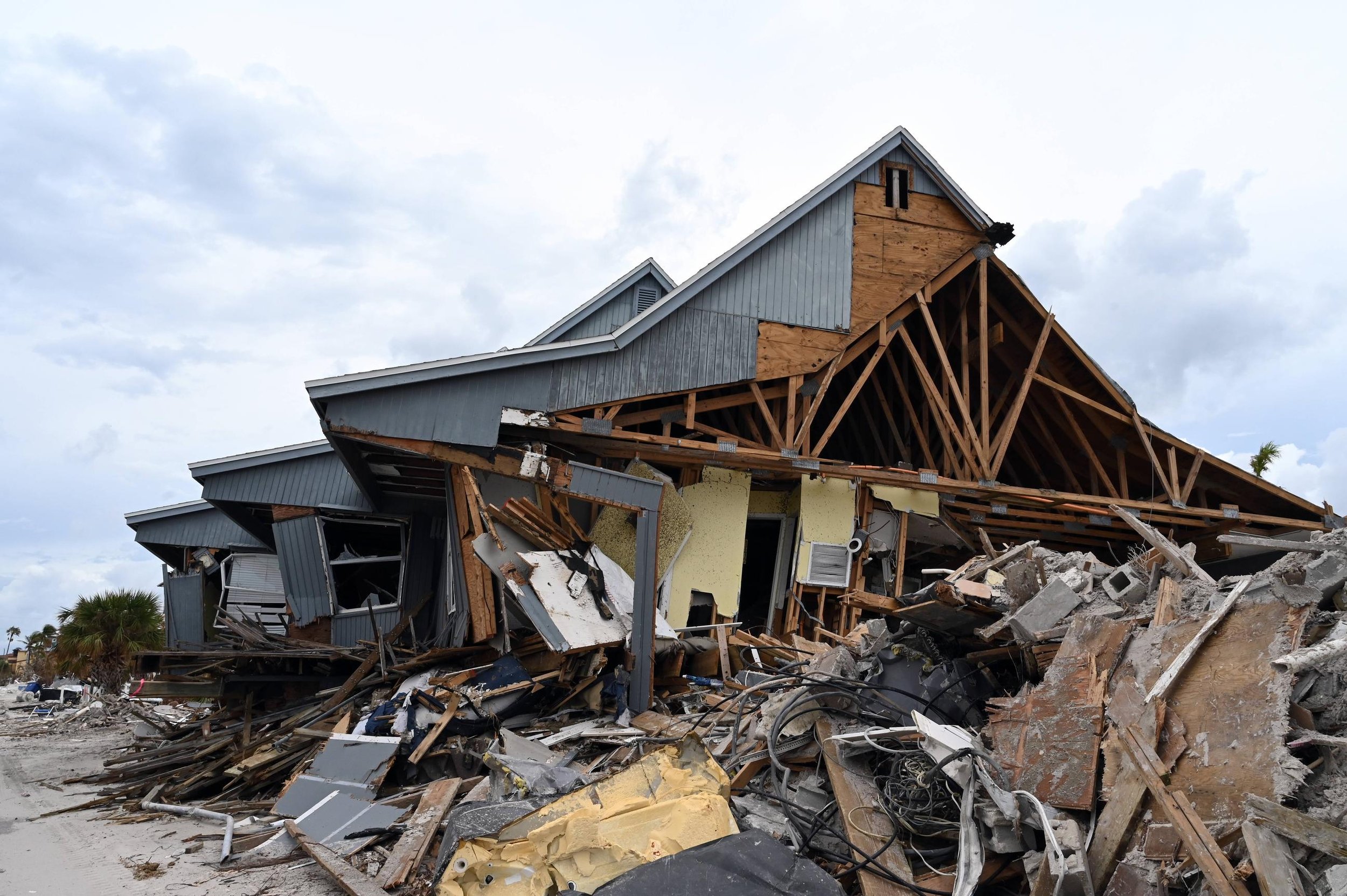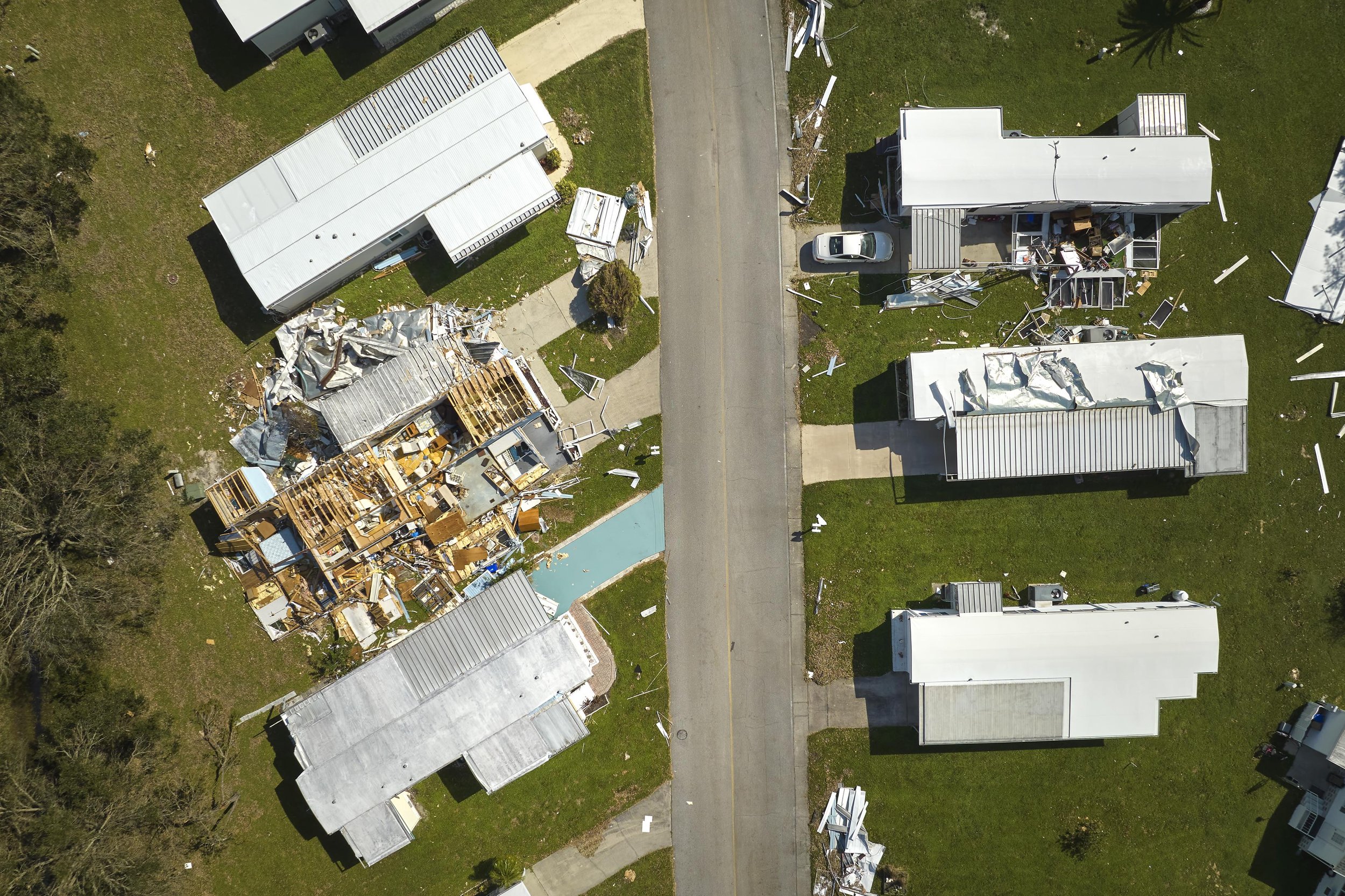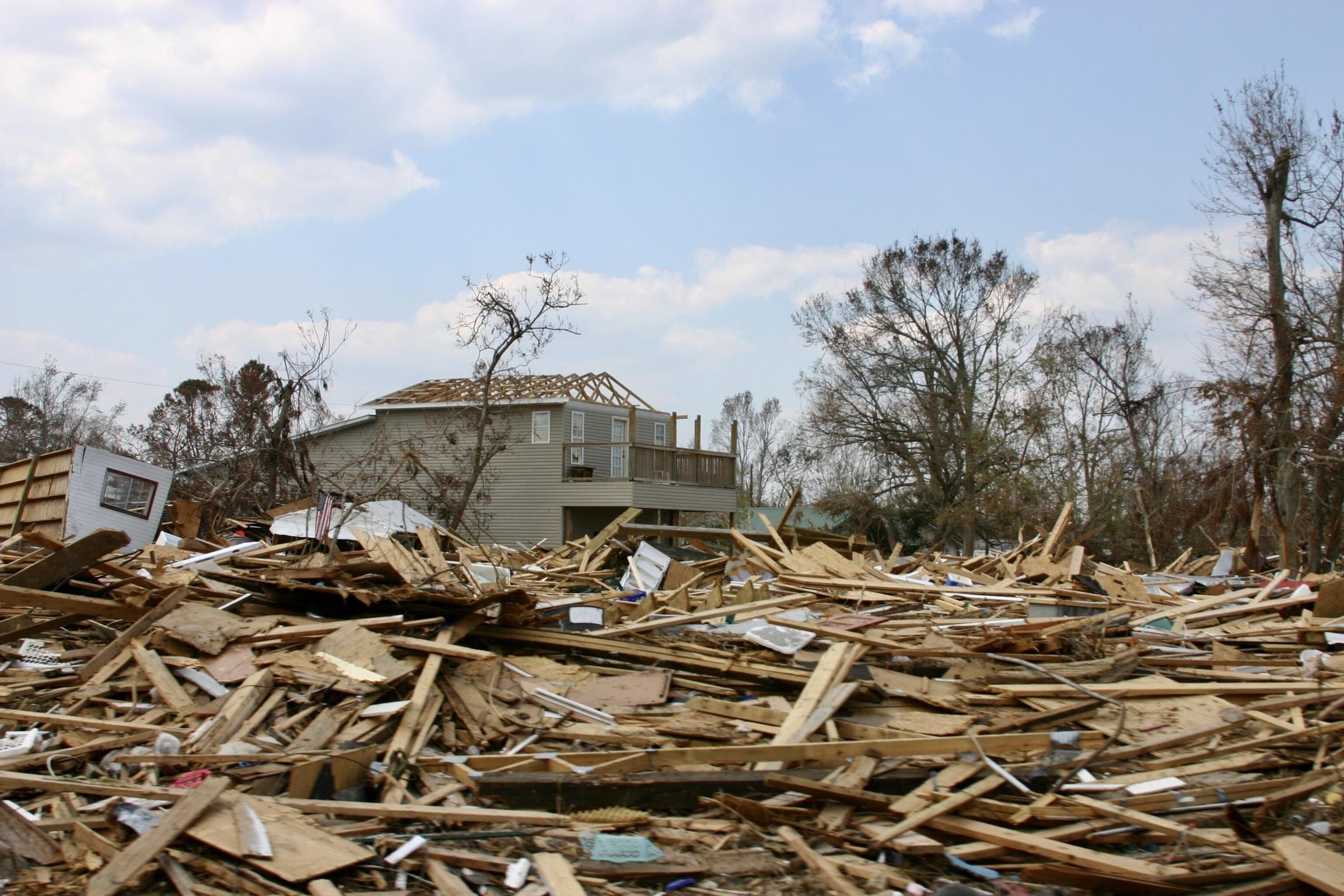The Company
After years of studying the damage caused by major weather and seismic events to light-frame wood construction, a veteran industrial chemist developed a technology that could minimize loss and damage from seismic and violent-wind events, improving the survivability of buildings and the people who live in them. This was the impetus to form Climate, Inc., a company dedicated to building survivability. Climate has formulated a series of adhesive and sealant products that have demonstrated in years-long testing to materially increased wood- and manufactured panel-frame building integrity. The resulting data show that a wall panel assembled with Climate® Non-Slump (NS) Adhesive can withstand up to three times the dynamic load of a panel constructed with nails alone.
Based in Kalamazoo, Michigan, Climate, Inc. provides relevant, versatile, innovative products and expert, responsive customer support as it continues to conduct research on the ability of adhesives and sealants to transform modern cutting-edge building construction. Climate products are non-toxic and Made in the U.S.A.
Why an Adhesive?
Light-frame wood buildings make up 90% of all residential structures in North America. These buildings are based on a wood frame structure and exterior sheathing (envelope) of plywood or OSB. Typical assembly includes framing members attached to each other by large 16d nails. The exterior envelope is attached to the structural framing with a large number of smaller nails, 6d or 8d. This assembly forms a continuous shell from the peak to the foundation.
When the building is at rest, this structure is fairly durable. However, an increase in both number and intensity of violent winds and earthquakes apply forces that most residential buildings are not designed to withstand. The structural integrity of such a building is totally dependent on thousands of small nails spaced six to twelve inches apart, sometimes even closer to meet certain standards.
High-velocity wind often violently fluctuates, distributing variable loads over the surface sheathing. Where such forces are concentrated, nails can begin to pull out or shear off.
Optimal engineering designs avoid concentrations of energy and provide wide load paths from the peak of the roof to the walls, and then to the foundation where the energy can be safely dissipated into the ground.
Cyclic forces loosen nail connections. Once nails pull out, they don’t go back in. Point loading along the load path often results in catastrophic failure. A 6d nail seldom holds more than 250 pounds of pull-out force. One foot of 2x4 framing with three 6d nails can withstand 750 pounds of pullout force. This is where adhesives can significantly reinforce the framing assembly. A twelve-inch 1/4” continuous bead of elastomeric adhesive with a 300 PSI shear strength offers 3,600 pounds per linear foot to such an assembly. Add 750 pounds of strength from three nails and the result is a 4,350-pound-per-linear-foot assembly. The adhesive’s elastomeric properties accommodate cyclic forces experienced during wind and seismic events.
Uniform lumber framing bonds to the external surfaces absorb and laterally dissipate energy, enabling a wider and more uniform, continuous load path from the roof to the foundation.
We now have empirical evidence that Climate® Non-Slump (NS) elastomeric adhesive, added to the nailing schedules prescribed by the Uniform Building Code, can increase the structural integrity of a house by 200 to 300%, at a cost of pennies per square foot.





